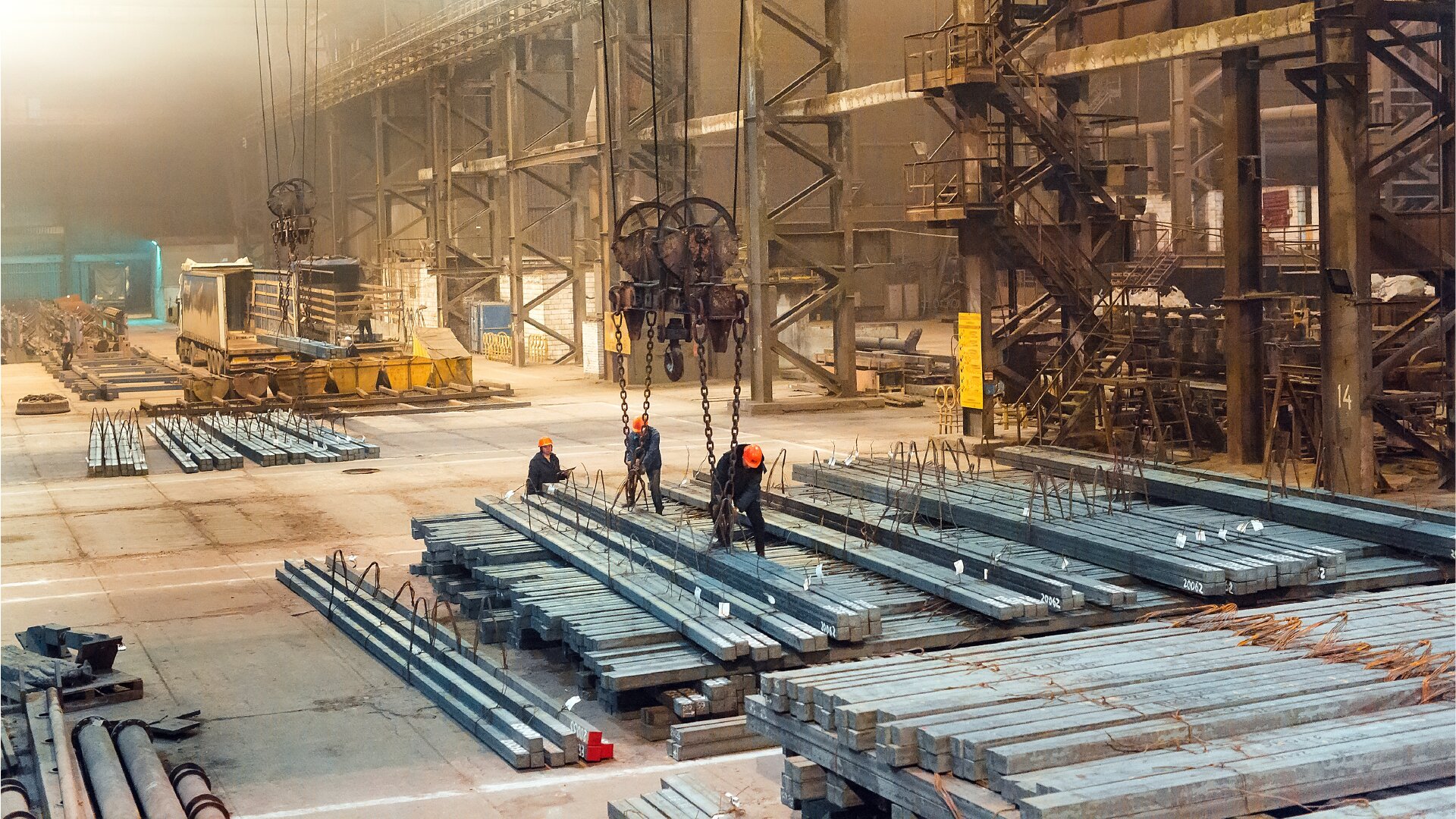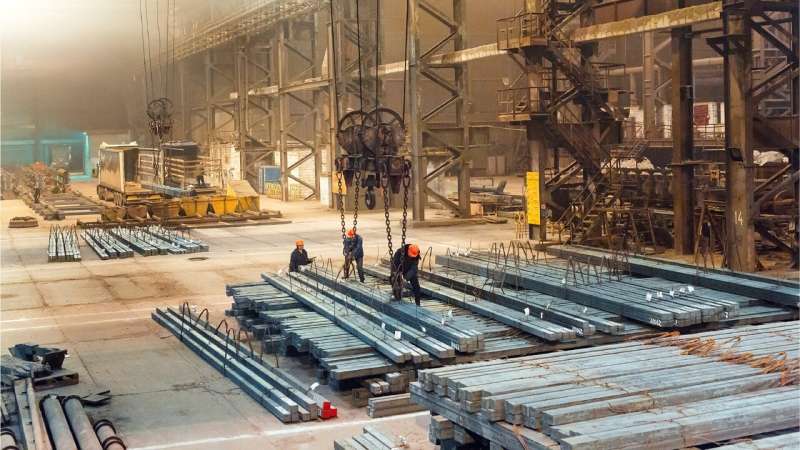

A study published today in the journal Environmental Research Letters, has revealed a staggering $79 billion in annual climate-related costs from the production of common materials in the United States. These costs, which stem from greenhouse gas emissions, are not reflected in current market prices, effectively creating a massive subsidy for carbon-intensive industries.
“High price point is a common reason why low emission alternative materials are not adopted voluntarily by industries. Accounting for the externalized cost of emissions could provide an economic basis for driving innovation and implementation of alternative material production methods,” says lead author Elisabeth Van Roijen, Ph.D., University of California Davis.
The research, conducted by researchers at the University of California, Davis, examines nine widely used materials: asphalt, plastics, brick, glass, cement, lime, gypsum, steel, and aluminum. By analyzing production data, energy consumption, and emissions factors, the researchers calculated both the energy-related (e.g. as required for high temperature processes) and process-related (e.g. resulting from chemical reactions) carbon dioxide emissions for each material.
Key findings include:
These nine materials resulted in 427 million metric tons of CO2 emissions in 2018. If the climate costs from these emissions were factored into prices, some materials would see significant cost increases:
- Cement: 62% increase
- Lime: 61% increase
- Gypsum: 47% increase
- Steel: 22%
- Plastics: 19%
Steel and plastics, despite climate-related costs constituting a lower fraction of their market value, are each responsible for over $20 billion in annual climate costs due to their high production volumes.
The study used the U.S. Environmental Protection Agency’s Social Cost of Carbon (SCC) estimate of $184 per ton of CO2 to calculate the climate-related costs. This figure captures the quantifiable economic damage associated with increased carbon emissions, including impacts on human health, agriculture, and coastal infrastructure.
Incorporating these climate costs into material prices could drive innovation in low-carbon production methods and increase the competitiveness of recycling and alternative materials. For example, if aluminum and steel production transitioned entirely to renewable energy sources, their climate-related costs would decrease by 95% and 79%, respectively.
The report emphasizes the policy implications of the findings and the need for coordinated international action. Such materials pricing occurring only in the US could result in increased imports of lower cost, higher carbon-emitting materials from other countries.
Targeted policies are needed to address the process-related emissions (such as chemical reactions in cement and lime) that cannot be eliminated by switching to clean energy sources. Improved recycling rates, extended producer responsibility laws, and alternative materials could all play a role in reducing emissions.
As global material demand continues to grow, particularly in developing economies, the researchers call for further research into policy solutions to address the climate impacts of material production and use in a global and coordinated manner.
More information:
The unaccounted-for climate costs of materials, Environmental Research Letters (2024). DOI: 10.1088/1748-9326/ad796e
Provided by
IOP Publishing
Citation:
$79 billion—the hidden climate costs of US materials production (2024, October 24)
retrieved 24 October 2024
from https://phys.org/news/2024-10-billion-hidden-climate-materials-production.html
This document is subject to copyright. Apart from any fair dealing for the purpose of private study or research, no
part may be reproduced without the written permission. The content is provided for information purposes only.